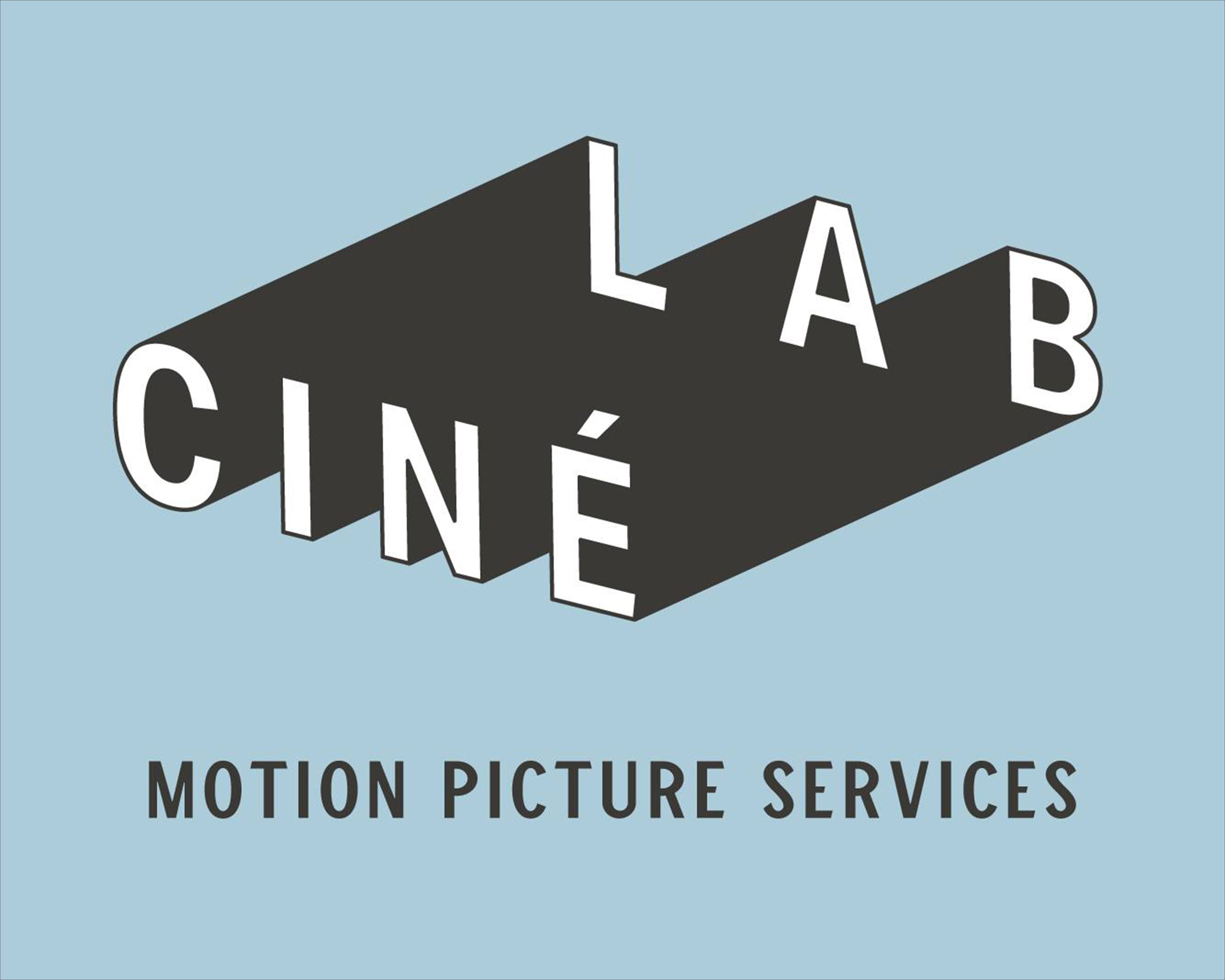Digital still technology will eventually probably make huge inroads into this type of filmmaking. However, for the quickest, most inexpensive way to learn, a super-8 camera that does time exposure is the best way to learn because you can still view the image through the viewfinder at all times.
More sophisticated, higher resolution formats in both film and digital seem to have some gotcha's thrown into the mix. On some 16mm and 35mm cameras that do time-exposure, when the shutter is left open, the viewfinder is closed, so you can't see or study the image at all times the way one can in Super-8\ (although one has to be careful not to bump the camera if they are constantly looking through the viewfinder). So as a learning medium the Super-8 camera that does time-exposure can put well ahead of the curve.
The digital still cameras may have an issue where as each picture is taken the image may freeze momentarily, but I presume there are workarounds for that, probably a bigger limitation might be contrast control, film may still have an advantage over digital, however the larger film cameras that do time-exposure and time-lapse are rather clunky and heavy.




